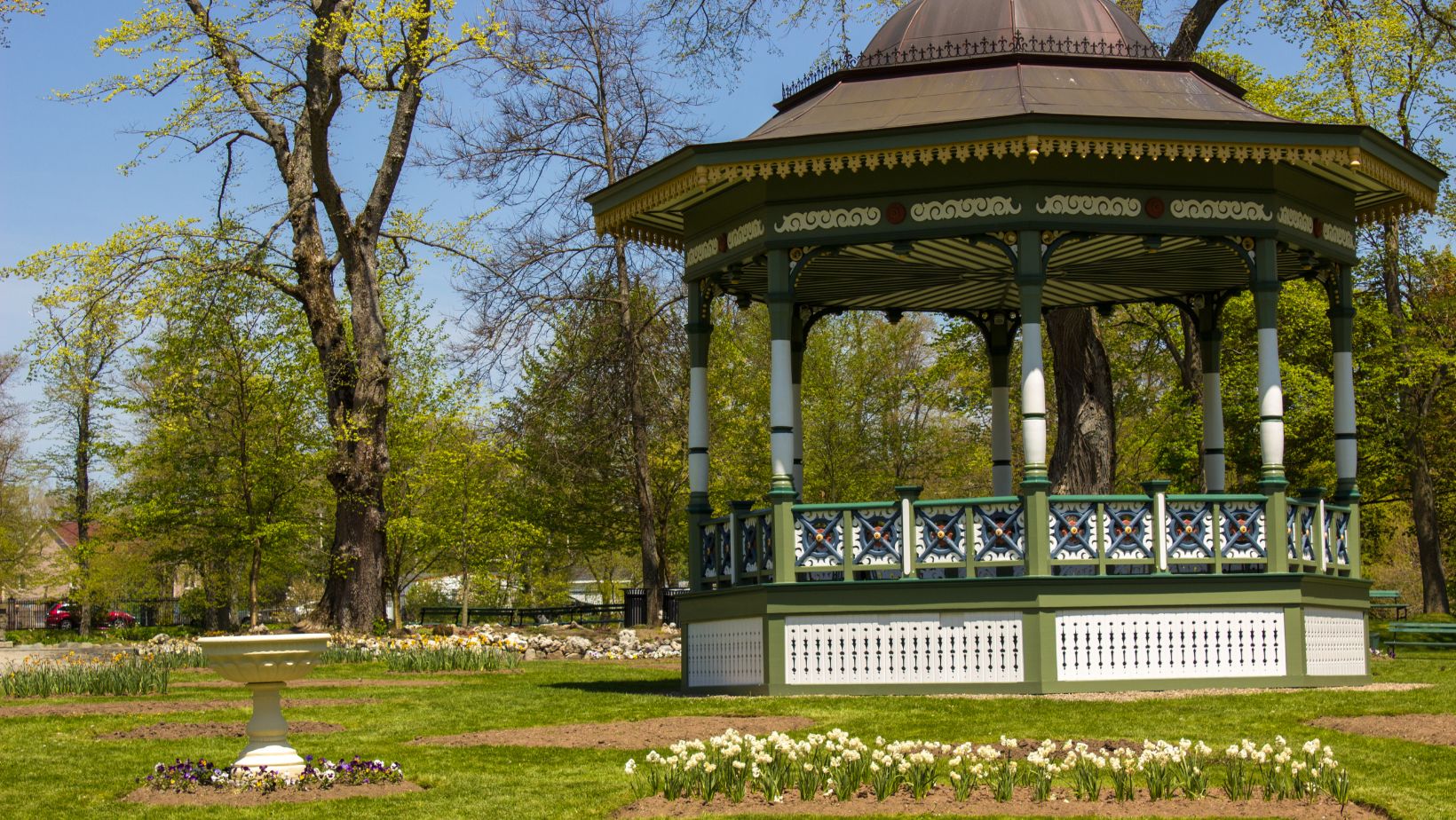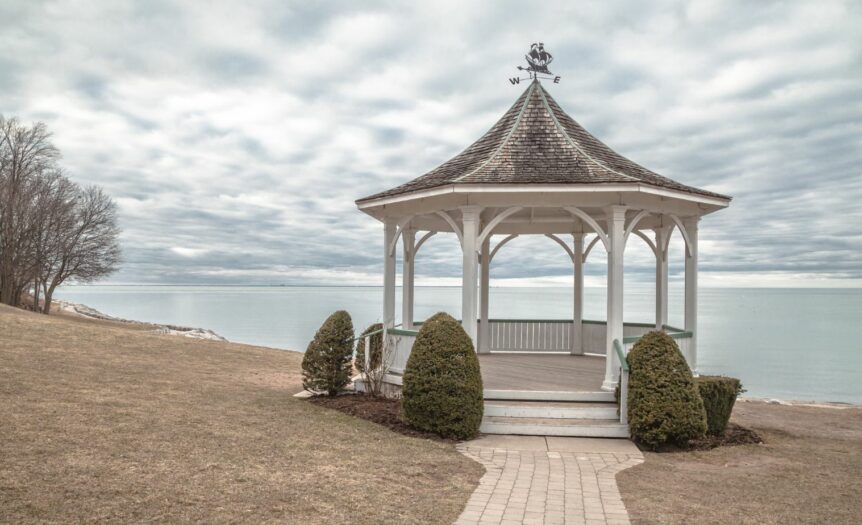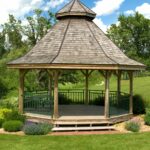Are you looking to add a touch of elegance and functionality to your garden? Look no further than a gazebo greenhouse. This unique combination offers the best of both worlds by providing a beautiful outdoor structure while also allowing you to nurture and grow plants all year round.
A gazebo greenhouse is the perfect solution for those who love spending time in their garden but want to extend the growing season or protect delicate plants from harsh weather conditions. With its sturdy construction and transparent walls, it creates an ideal environment for cultivating a wide variety of plants, from flowers to vegetables.
Gazebo Greenhouse
Factors to Consider
When it comes to choosing the right gazebo greenhouse, there are several important factors that you should take into consideration. By carefully evaluating these factors, you can ensure that your gazebo greenhouse meets your specific needs and provides an optimal environment for your plants.
One of the first factors to consider is the material of the gazebo greenhouse. Common options include wood, aluminum, and PVC. Each material has its own advantages and disadvantages in terms of durability, aesthetics, and maintenance requirements. For example, wood may offer a more natural look but requires regular sealing or painting to protect it from rotting or warping.
Size and Design Options
The size of your gazebo greenhouse will largely depend on the space available in your garden or yard. Take measurements beforehand so that you can select a size that fits appropriately without overcrowding other elements of your outdoor space. Remember to account for pathways around the structure as well.
Design options also play a significant role in choosing the right gazebo greenhouse. Consider whether you want a traditional-style design with ornate details or a more modern minimalist approach. Think about how the design will complement both your existing landscape and personal style preferences.

Selecting the Perfect Location
Finding the Ideal Spot
When it comes to setting up a gazebo greenhouse, finding the perfect spot is crucial. You’ll want to choose an area that provides optimal conditions for your plants to thrive. Consider these factors when selecting the ideal location:
- Sunlight: Look for an area with ample sunlight exposure throughout the day. Most plants require at least 6 hours of direct sunlight daily, so choose a spot that isn’t shaded by trees or buildings.
- Accessibility: Ensure that your chosen location is easily accessible for watering, maintenance, and harvesting. You don’t want to struggle with lugging water containers or navigating through obstacles every time you tend to your greenhouse.
- Microclimate: Take note of any microclimates in your yard or garden space. Areas near walls or structures may offer some protection from wind and frost, creating a slightly warmer microclimate that could be advantageous for certain delicate plants.
Considering Sun Exposure
Sun exposure plays a vital role in the growth and productivity of your greenhouse plants. Here are some additional considerations regarding sun exposure:
- Orientation: Orient your gazebo greenhouse in a way that maximizes sun exposure during peak hours of the day. Typically, facing it towards south or southeast will ensure better access to sunlight.
- Shade Management: While sunlight is essential, excessive heat can harm delicate plants inside the greenhouse during scorching summer months. Consider installing shades or using shade cloth on windows to regulate temperature and protect against intense midday sun.
- Seasonal Variations: Keep in mind how sun patterns change throughout different seasons when choosing your location. In winter months, low-angle sunlight might cast longer shadows and reduce overall light availability compared to summertime conditions.
Remember, the location you choose for your gazebo greenhouse will significantly impact the success of your gardening endeavors. By considering factors like sunlight exposure, accessibility, shade management, and proper drainage, you’ll be on your way to creating an optimal environment for thriving plants within your greenhouse structure.








